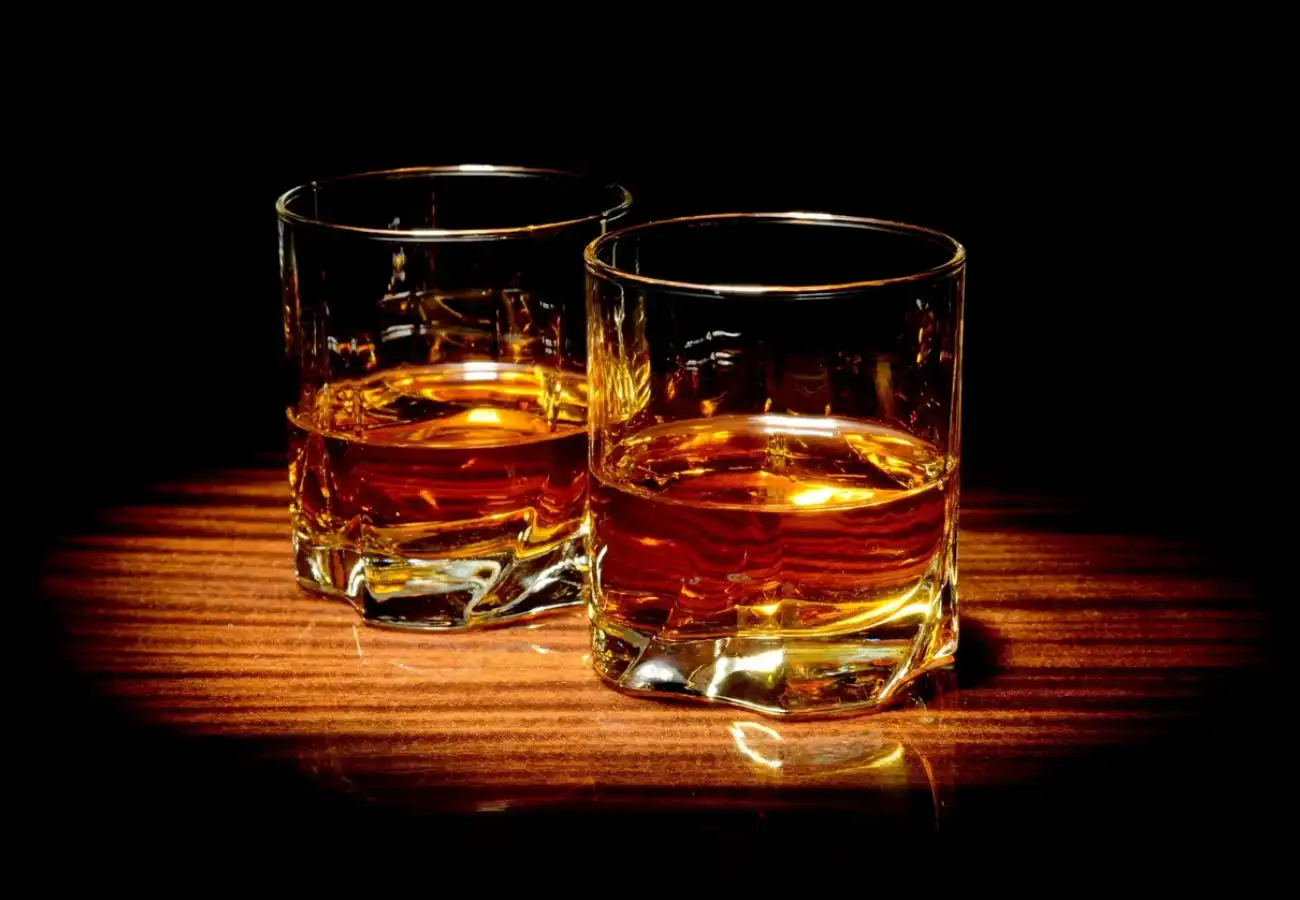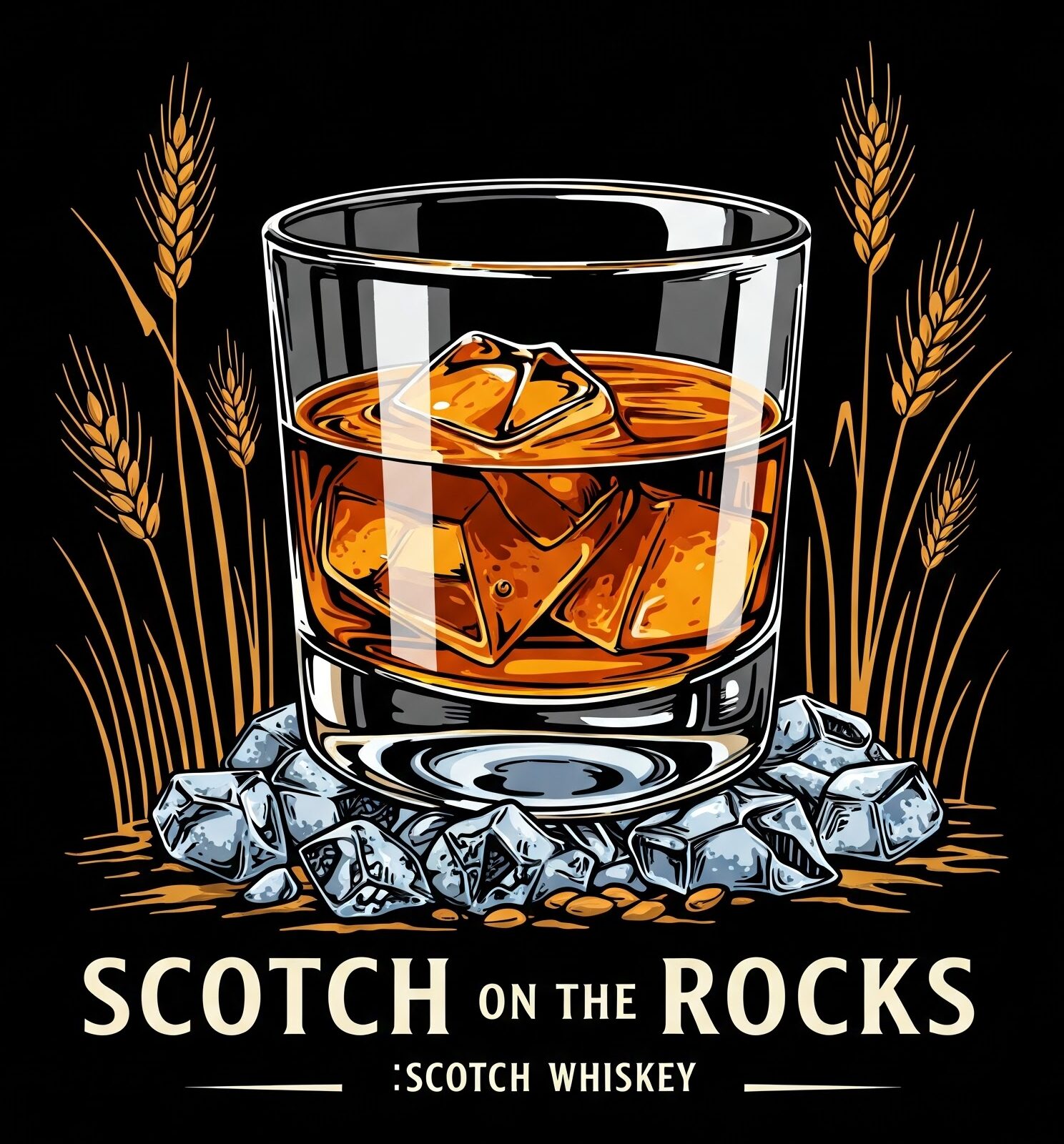
Whiskey History Series: Part 2
Ireland vs. Scotland: The Battle of the Bottle
In the misty highlands of Scotland and the rolling green hills of Ireland, a spirited rivalry was born. Both nations claim to have given the world its first true taste of whiskey, and while we may never know which country truly poured the first dram, what’s certain is this: Scotch and Irish whiskey became two distinct styles with global influence—and they’ve been sparring over supremacy for centuries.
⸻
Who Came First?
Let’s get this out of the way: there’s no concrete proof of who distilled whiskey first. However, the first written record of whiskey (or uisce beatha) appears in Ireland, in a 1405 entry in the Annals of Clonmacnoise, noting the death of a chieftain who had “taken a surfeit of aqua vitae.”
Scotland’s earliest written reference comes in 1494, when King James IV ordered “eight bolls of malt to Friar John Cor to make aquavitae.” That’s about 1,500 bottles worth—a royal quantity.
So, while Ireland gets the technical win for first written mention, both countries were clearly distilling around the same time. And both were unknowingly laying the foundation for an industry that would one day be worth billions.
⸻
The Method Behind the Madness
While the origin may be shared, the production methods of Irish whiskey and Scotch whisky diverged sharply over time:
Irish Whiskey
• Traditionally triple-distilled, making it lighter and smoother.
• Typically uses unpeated malt, which results in a clean, crisp flavor.
• Commonly includes a blend of malted and unmalted barley, especially in “pot still” expressions unique to Ireland.
Scotch Whisky
• Usually double-distilled, though some are triple-distilled (like those from Auchentoshan).
• Often features peated malt, giving it a smoky, earthy profile—especially in regions like Islay.
• Divided into distinct types: Single Malt, Single Grain, Blended Malt, Blended Grain, and Blended Scotch.
This difference in distillation and ingredients created two very different experiences in the glass—Scotch with its smoky punch and complexity, Irish whiskey with its soft, mellow charm.
⸻
The Rise and Fall (and Rise) of Irish Whiskey
By the 1800s, Irish whiskey was the most popular spirit in the world. Dublin was home to some of the largest distilleries on the planet. But the 20th century was brutal: wars, Prohibition in the U.S., trade disputes with Britain, and internal industry stubbornness led to a massive collapse.
At one point, only two distilleries remained in all of Ireland. Meanwhile, Scotland industrialized, embraced innovation, and captured the global market—particularly with the rise of blended Scotch (hello, Johnnie Walker).
⸻
Today’s Friendly Fire
In the 21st century, Irish whiskey has mounted a stunning comeback, becoming the fastest-growing whiskey category in the world. Brands like Jameson have gone global, while smaller distilleries like Redbreast, Teeling, and Dingle are putting out award-winning bottles that showcase the category’s diversity.
Scotland, of course, never lost its crown. With over 140 working distilleries, its exports dominate global shelves. From smoky Islays to sherry-cask Speysides, Scotch remains the benchmark for many whiskey lovers.
But instead of competing, the two nations now share the stage—each offering a distinct take on the spirit they helped define.
⸻
Up Next: Part 3 – Across the Atlantic: The Birth of American Whiskey
We’ll cross the ocean to see how whiskey evolved in the New World—how immigrants, corn, and rebellion shaped the uniquely American styles we now know as bourbon and Tennessee whiskey.
